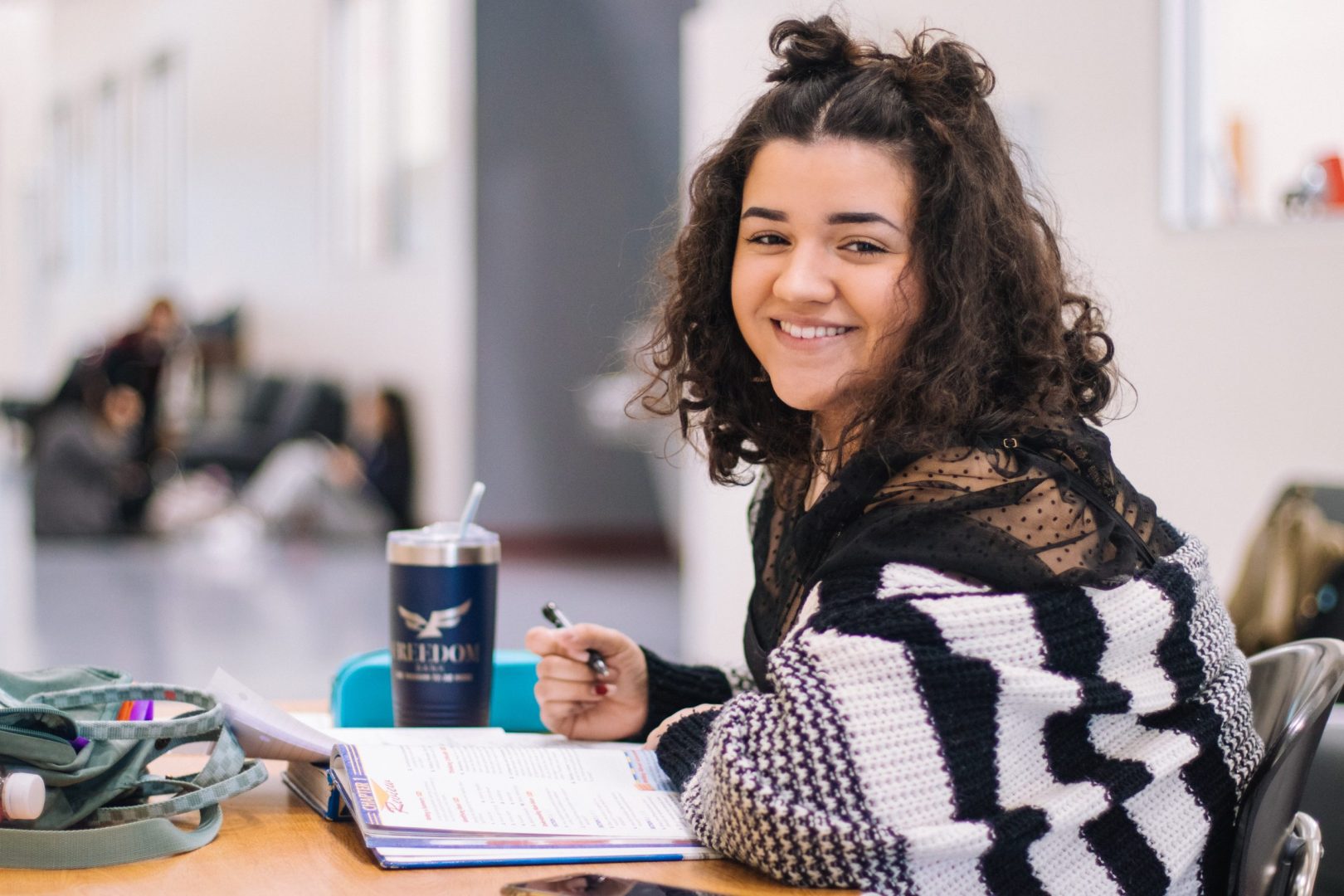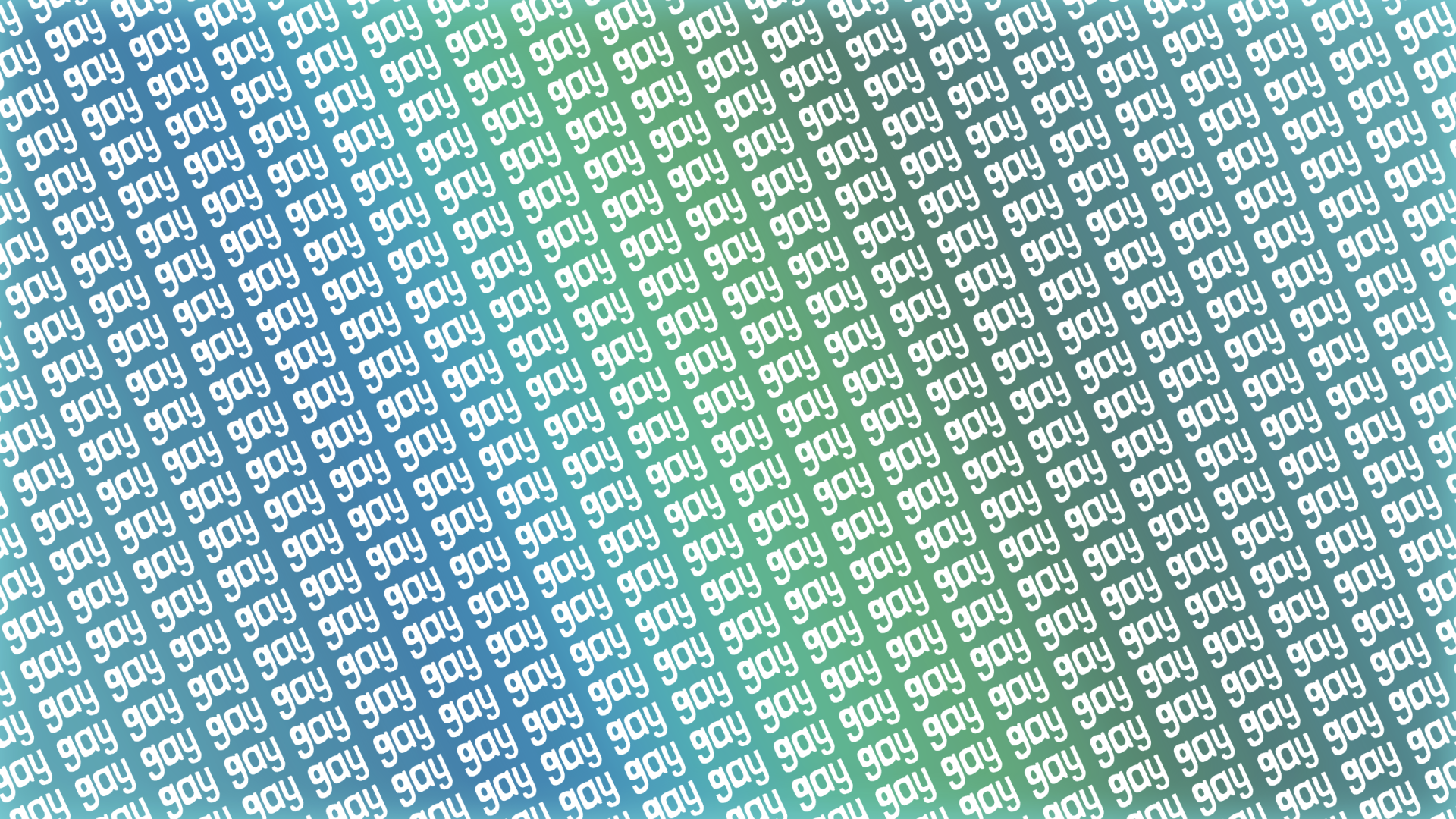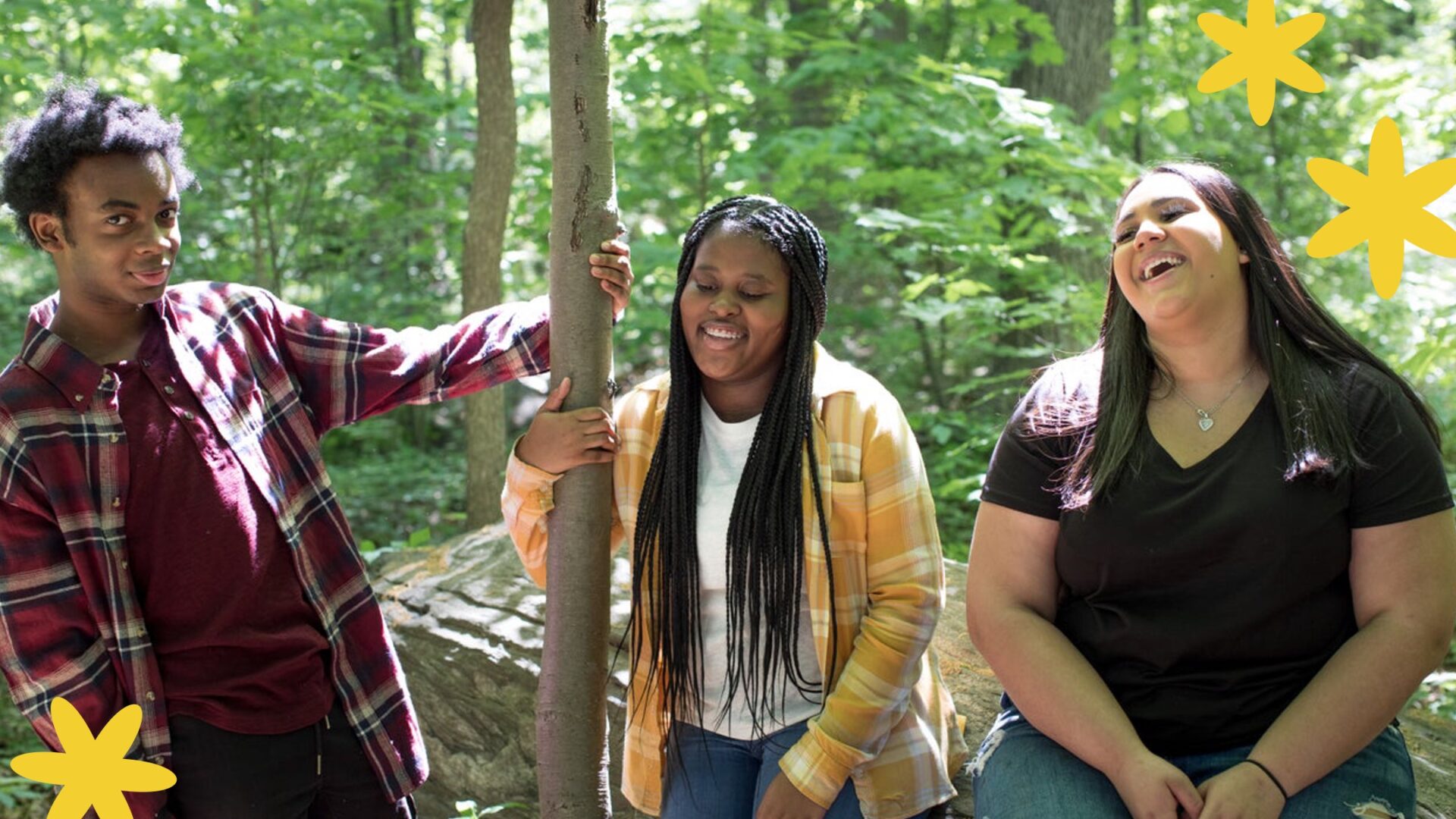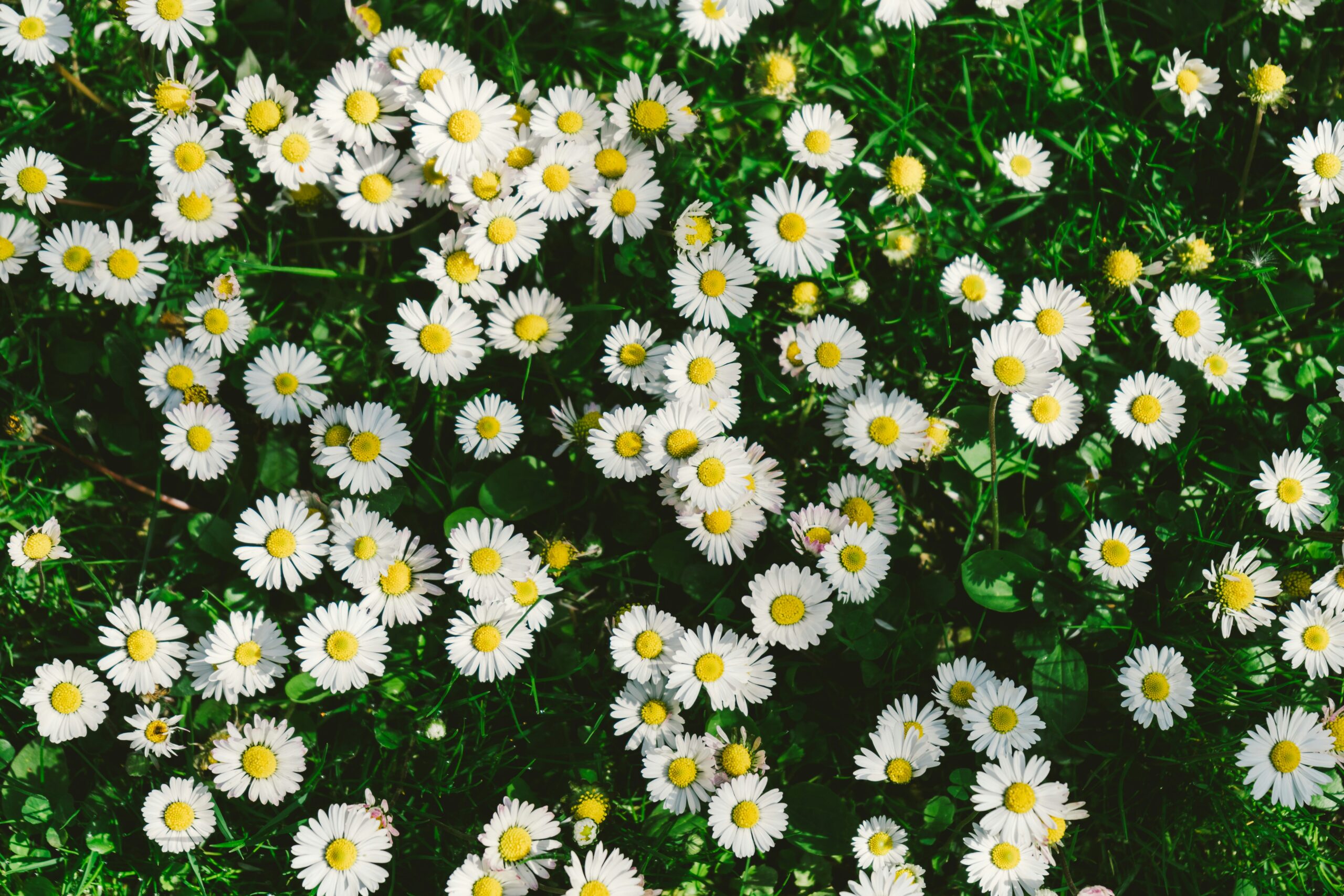It’s Pride Month, y’all! In the United States, June is an annual time to celebrate LGBTQ+ communities. It’s also a time when we honor and continue our long tradition of fighting for our rights and standing in solidarity with others who experience oppression.
A big part of my journey as a queer person has been learning the difficult skill of holding both of those things at once: celebrating queer joy while letting myself feel the grief of the heartbreaking, cruel, systemic attacks on our lives.
In recent conversations with sex educators, I heard again and again how their balancing act feels especially precarious at the moment. I know that so many youth-supporting professionals want to celebrate and support the LGBTQ+ young people they work with, but that they are also managing the fear of ever-changing repercussions and trying to protect their own safety—all on top of meeting the normal demands of their jobs. I heard how upsetting and overwhelming it is to feel that their hands are tied, that they have to compromise on how they aim to support young people to stay in the work. This balance is of course doubly complicated for educators who are themselves LGBTQ+ and navigating the personal as well as professional impacts of anti-LGBTQ+ sentiment and legislation.
As a designer, I know that when we feel stuck is a crucial time to get creative and bring in new perspectives.
As a designer, I know that when we feel stuck is a crucial time to get creative and bring in new perspectives. Because the truth is, no matter your constraints, there is always something you can do to observe the spirit of Pride month.
If you have legislative, administrative, or community support, this is your time to go big! Team up with other supportive adults in your community to start a Gender and Sexuality Alliance (GSA), bedeck your space with LGBTQ+ youth-created art, highlight LGBTQ+ heroes throughout history, play music by LGBTQ+ artists, or offer to chaperone young people to LGBTQ+ rights protests.
On the other hand, if you’re working within a lot of restrictions, talk about how you can show up with local peers, with friends, even with former young people you’ve worked with who identify as LGBTQ+. Remember that there have been subversive celebrations of queerness for time immemorial, even when folks couldn’t be “out” about it.
As one perspective to get you started, below are three of my ideas for how to uplift LGBTQ+ young people, regardless of the restrictions you’re facing.
A great first step? Learn what your actual restrictions are!
Amid an onslaught of legislative debates targeting LGBTQ+ rights, many educators and other youth-supporting professionals are holding back on talking about crucial political and social issues. This chilling effect extends far beyond actual existing censorship laws and restrictions. A recent survey by the RAND Corporation found that 55 percent of teachers who weren’t under any restrictions on what topics they could cover still decided to limit what they addressed in class.
If you’ve been feeling tentative about addressing subjects like LGBTQ+ history with young people, it’s time to get clear on what you’re being prevented from doing versus what restrictions you’re placing on yourself.
Good places to start are the National Education Association’s article What Educators Should Know About LGBTQ+ Rights and the LGBTQ+ Curricular Laws map from the Movement Advancement Project. From there, make sure to look into local restrictions as well, as these may have an even stronger influence on many educators’ decisions than state legislation.
After you’ve untangled the fear from the reality, get real about your values and risk tolerance. In what ways are you holding back from openly showing up for LGBTQ+ young people? Do you have enough stability, including legislative and community support, to be bolder in your support?

Focus on supporting well-being and mental health.
Whether or not you can openly talk about attacks on LGBTQ+ lives and rights with young people, you likely can talk openly about wellness. That means making space for young people to express grief and fear, as well as creating space for joy and celebration.
Can you integrate any healing-centered practices into your work? Check out the Flourish Agenda’s resources on Healing Centered Engagement for more information. Maybe you want to add in some Grounding Exercises to a meeting or event?
Can you create any regular spaces for young people to share positive things happening in their lives with one another? What about things they’ve done that they’re proud of? Can you throw a summer celebration and let each young person share what they want to celebrate?
Think of ways to explicitly let them know that you want to show up for all young people and to be an askable adult. Can you set up regular office hours when they can come to you for support (and remind them regularly about it)? Can you set up a bulletin board with health and wellness support resources and encourage young people to add to it?
Although it’s especially important during Pride Month to focus on showing up for LGBTQ+ young people, remember that many young people hold multiple marginalized identities. It Gets Better has a list of resources for LGBTQ+ Youth of Color. Can you share these resources alongside any local support that exists?
Struggles for liberation are interconnected, and Pride is a reminder of how crucial solidarity is. Check out our #HealthyTeen25 Conference to dig deeper into solidarity.
Encourage their imaginations.
I’ve been reading Dr. Ruha Benjamin’s Imagination: A Manifesto (which, by the way, I highly recommend). She talks about how imagination is a central force for change. It’s not frivolous, and it’s not a luxury that should only be afforded to some. She asks how “could any of us survive, without the ability to envision a world […] where we are free simply to be?”
This Pride, make space for all the young people you work with to imagine something different, and to know that there is power in their dreaming. Can you reorient your work towards interest-based learning and let young people more fully guide their own areas of exploration? Can you use arts integration to make space for LGBTQ+ young people and their peers to express themselves?
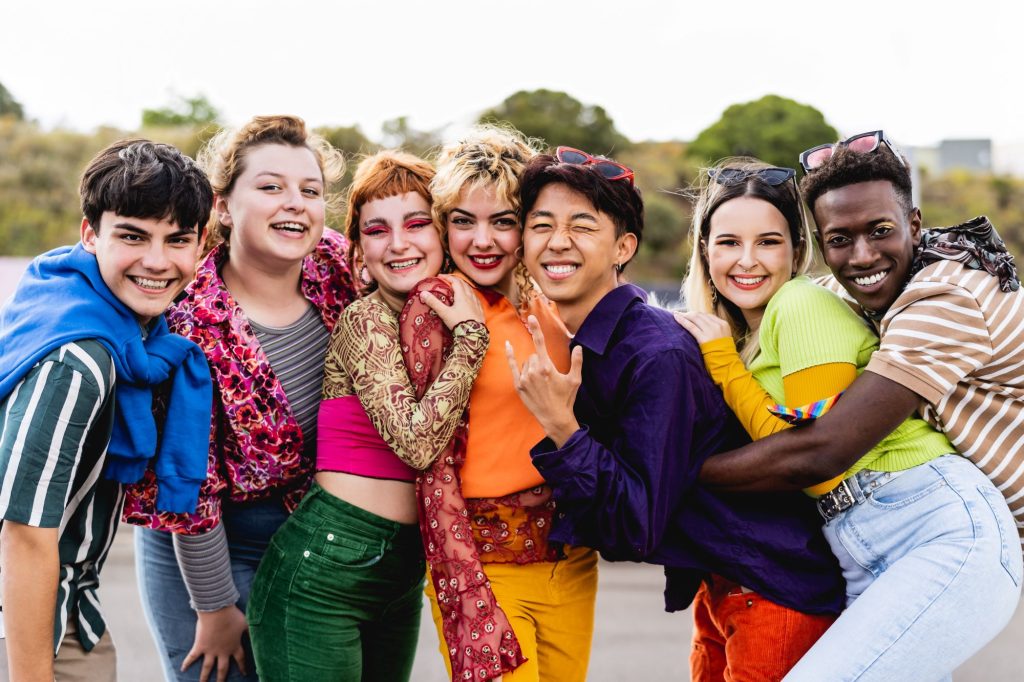
This Pride Month, figure out the restrictions you are under and what your priorities are, and then find whatever ways you can to support LGBTQ+ young people. Get creative in figuring out how to celebrate.
I’ve been seeing the Dan Savage quote below circulating in my queer circles recently. It reminds me that we can’t find our way through difficult times without celebrating queer lives, queer resilience, and queer joy.
“During the darkest days of the AIDS crisis, we buried our friends in the morning, we protested in the afternoon, and we danced all night. The dance kept us in the fight because it was the dance we were fighting for. It didn’t look like we were going to win then and we did. It doesn’t feel like we’re going to win now but we could. Keep fighting, keep dancing.”
-Dan Savage
PHOTO BY: VANE NUNES
Charlie Blue Brahm likes to meander through a topic, asking “why” until they can see a full and vibrant picture, accepting complexity and contradiction rather than flattening people or situations for convenience’s sake. This worldview has taken them through a path of learning first how to understand and create technology, then how to understand and organize people who create technology, and now how to understand and design for the people who use and are affected by technology. Read more about Charlie Blue.




